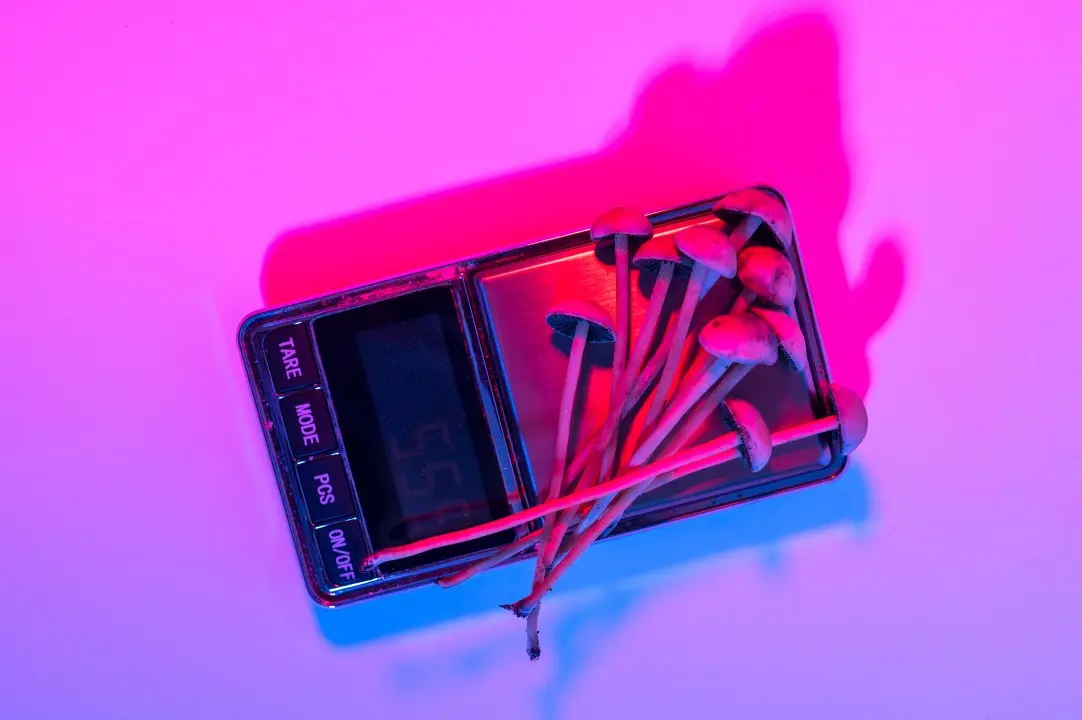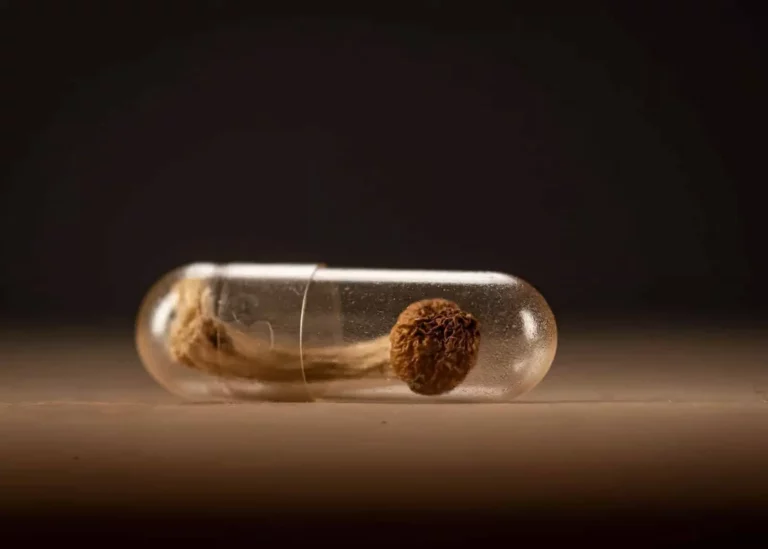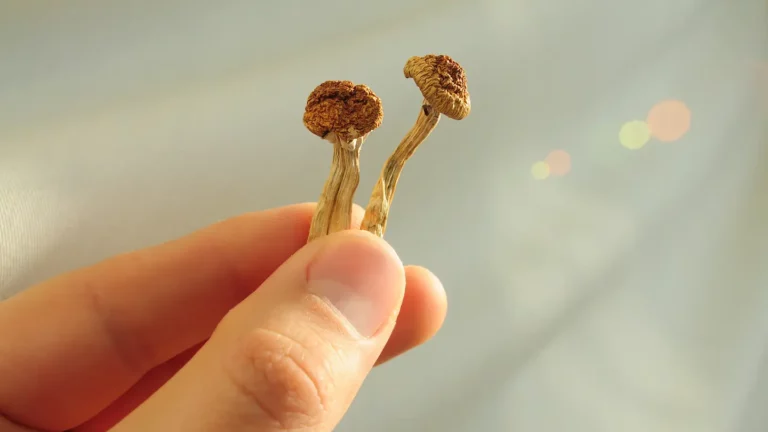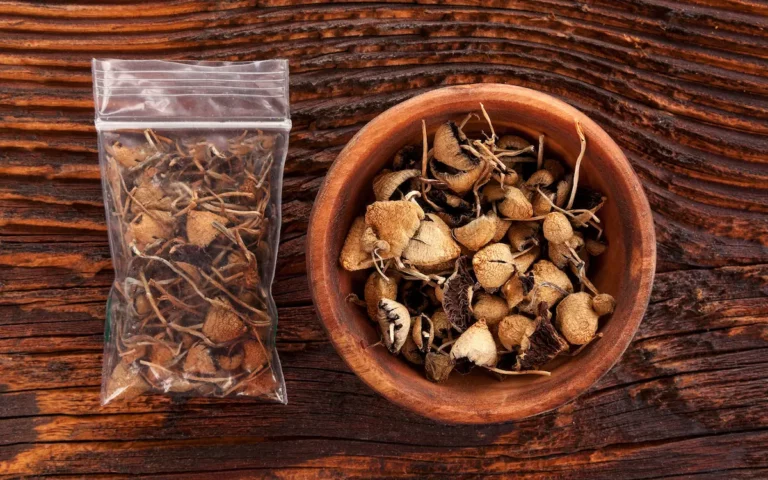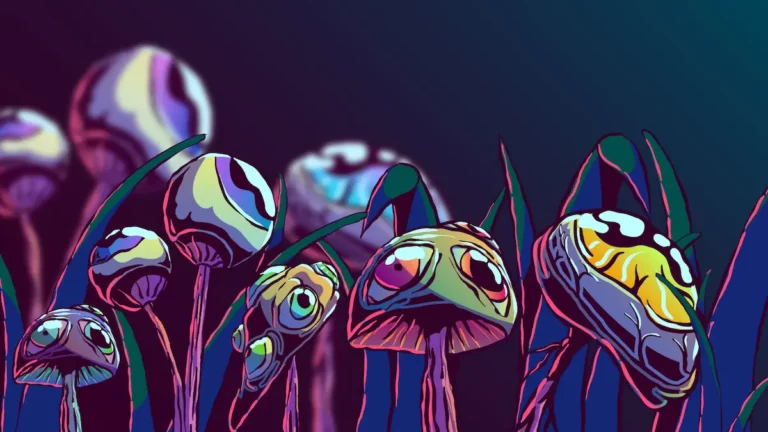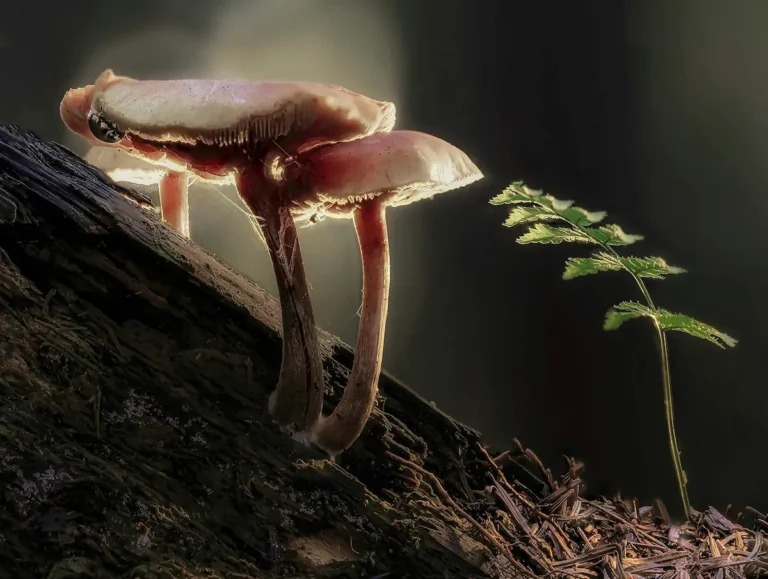Psilocybin Microdosing Protocols
Psilocybin or more commonly heard of magic mushrooms can cause perceptual changes at high doses. Over just the last few years microdosing psilocybin has gained a lot of attention. Here we will explain what a microdosing protocol is and walk you through some of the more common psilocybin protocols.
What is Psilocybin?
Psilocybin, is a naturally occurring psychedelic compound found in magic mushrooms. As you have probably read before they have been used for centuries for spiritual and therapeutic uses due to the mind-altering effects. When taken in larger doses, it causes hallucinations, changes in perception, and shifts in reality. But microdosing takes a completely different approach. Instead of taking a full dose and experiencing intense effects, microdosing involves ingesting a sub-perceptual amount of psilocybin. This way, you won’t experience the “trips” usually associated with psilocybin, but you may still notice mild benefits.

What is Psilocybin Microdosing?
Microdosing psilocybin involves taking very small amounts, typically one-tenth or one-twentieth of a normal dose. The aim is to consume just enough to get the benefits without hallucinating or altering your perception of reality. The goal is to enhance mood, creativity, focus, and emotional well-being while maintaining a normal day-to-day routine. A typical microdose is between 0.1 and 0.3 grams of dried psilocybin mushrooms. While this amount generally won’t cause any perceptual changes, many people report slight shifts in their mood and energy.
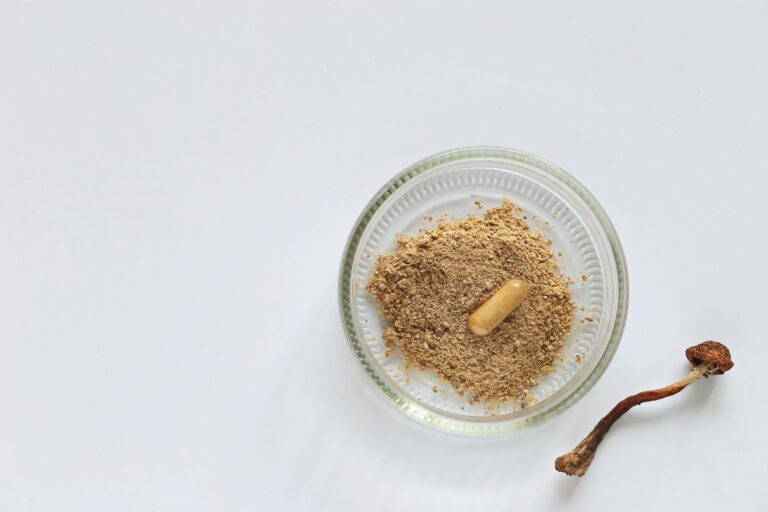
Psilocybin Microdosing Guidelines
At its core, a psilocybin microdosing protocol is a routine that tells you how often and how much to take. Various experts suggest different protocols, but the two most popular are:
The Fadiman Protocol:
Developed by Dr. James Fadiman, a leading researcher in psychedelic studies, this protocol involves taking a microdose every three days, typically following this routine:
This method allows for benefits on Day 1 that carry into the next two days, helping prevent a rapid buildup of tolerance.
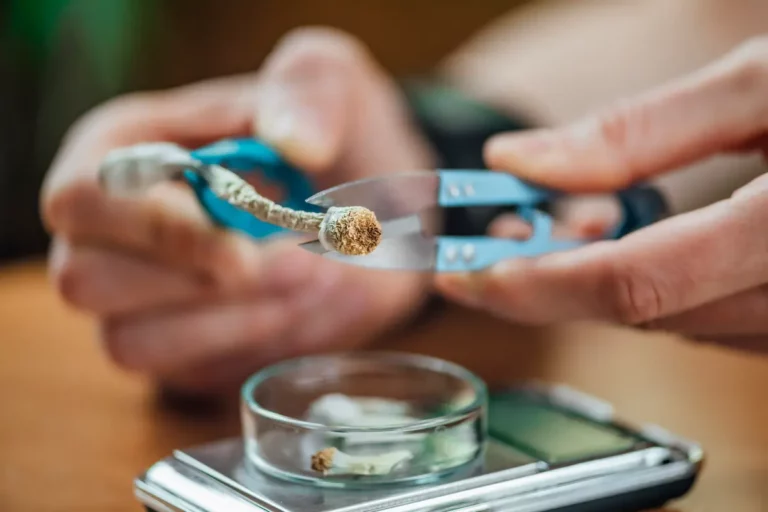
The Stamets Stack Protocol:
Proposed by mycologist Paul Stamets, this combines psilocybin with substances that might support brain health, like lion’s mane mushrooms and niacin. People follow it for four or five days in a row, then take two or three days off. Psilocybin and lion’s mane could promote neurogenesis (growth of brain cells), while niacin helps these compounds cross the blood-brain barrier.
If you would like to read more about this protocol visit our blogpost “The Paul Stamets Stack – Microdosing Psilocybin Mushrooms”.
Possible Benefits of Psilocybin Microdosing
Some commonly reported benefits include:
- Improved Mood:
It helps manage depression and anxiety, lifting your mood and helping you feel less stressed. - Increased Creativity:
Many users report enhanced creative thinking and better problem-solving. - Better Focus and Productivity:
It can improve focus and help you stay on task more effectively. - Emotional Balance:
It promotes emotional stability, helping manage stress and frustrations. - Enhanced Connection with Nature and Others:
Microdosing enhances feelings of empathy and interconnectedness, boosting your connection to the environment and people.
If you are interested in learning more about the upsides of taking psilocybin mushrooms read our blog post “How Psilocybin Influences the Brain”
Possible Risks and Downsides
While many individuals report positive effects, microdosing isn’t for everyone, and there are potential downsides:
- Tolerance Build-up:
Taking it too frequently may lead to tolerance, requiring larger doses for the same effect. - Accidentally Taking Too Much:
Sometimes, people take more than intended, leading to effects that interfere with daily activities. - Legal Risks:
Psilocybin remains illegal in many parts of the world. - Unknown Long-term Effects:
While short-term studies show promise, the long-term effects of microdosing are still unknown.
If you are interested in learning more about some of the downsides of taking psilocybin read our post “Promises and Pitfalls of Microdosing Psilocybin”.
How to Start Microdosing Psilocybin
- Research:
Learn as much as possible about psilocybin, its effects, and different protocols. - Start Small:
Begin with a smaller dose than you think you need. - Keep a Journal:
Track any changes in mood, energy, and productivity. - Follow a Protocol:
Choose a protocol and stick to it for at least a month to monitor progress. - Consider Set and Setting:
Microdosing works best when you’re in a calm and stable environment.

The Future of Psilocybin Microdosing
As interest in psychedelics grows, it’s likely that psilocybin microdosing will be studied more closely. Initial studies show promise for using psilocybin to treat mental health conditions like depression and anxiety. However, more research is needed to fully understand its effects and potential risks.
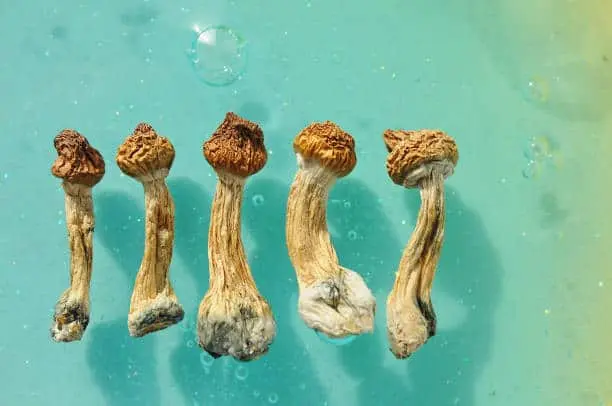
In conclusion, psilocybin microdosing is a growing area of interest for those looking to improve their mental health, creativity, and well-being. By following a careful protocol and paying attention to how your body responds, microdosing can be a valuable tool for personal growth. However, it should be approached with caution and mindfulness.

